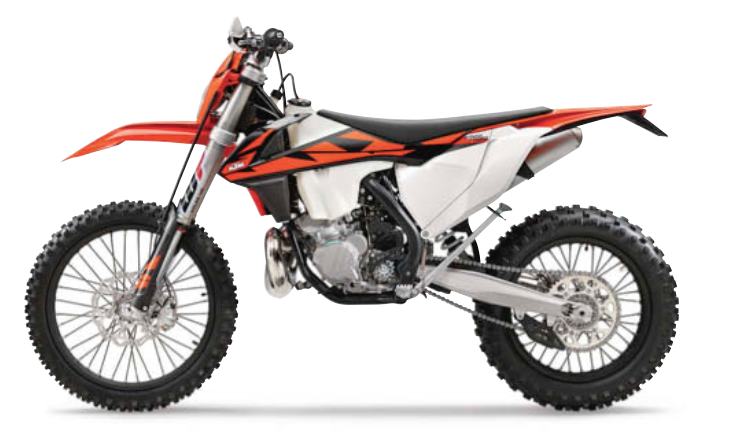Mud, Sweat and Gears: Inside The World’s Most Grueling Motorcycle Race
Red Bull’s absolutely brutal Hare Scramble pushes the planet’s toughest enduro riders beyond their limits.
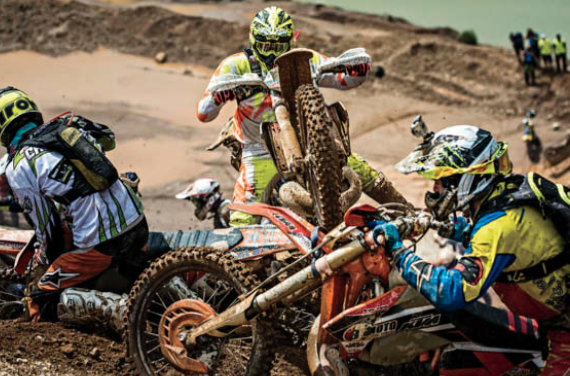
As Graham Jarvis maneuvered his motorcycle through dense forest, leading the pack of some 500 riders from around the world in the 2015 Red Bull Hare Scramble, his excitement turned to despair.
The trail, part of a brand-new section of the course known as Downtown, had led him to an impasse, a section of ravine so clogged with rocks, trees, and loose soil that even Jarvis, a world-class off-road rider, couldn’t navigate his bike through the morass.
Even worse, his competition, the most elite riders in the world, were hot on his trail, speeding along the narrow avenue through the woods. A crippling thought crept into the minds of Jarvis and the other riders leading the pack, one that can be debilitating in a race as difficult as this one: “I can’t do this.”
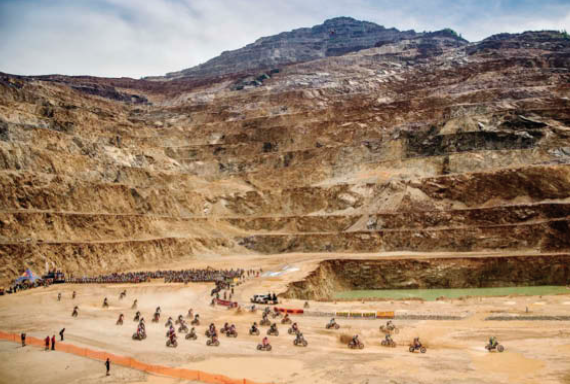
Pushing the world’s best enduro riders beyond their limits has always been the signature mission of the Erzbergrodeo, the premier off-road motorcycle event on the planet, and its over-the-top finale, the Red Bull Hare Scramble.
The creators of this utterly masochistic event are two Austrian motorcycle journalists, Andreas Werth and Karl Katoch. Back in the mid-’90s, enduro and off-road moto racing was practically nonexistent, both in terms of public awareness and participation.
To fix that, the pair decided to design a world-class motorcycle event at the Erzberg iron mine in Eisenerz, Styria, Austria, whose terrain promised the perfect challenge for the world’s best racers. From an event that first drew 120 riders to the inaugural event in 1995, today the Erzbergrodeo features 1,500 riders from 38 countries, as well as thousands of support staff, mechanics, and spectators.
When rider Jonny Walker finished the 2014 Hare Scramble in just 1 hour and 37 minutes—the race typically takes around four hours—organizers were determined to alter the course to offer more of a challenge.
The result was the new deep-woods section, Downtown. It’s safe to say that Jarvis and his fellow competitors were the victims of a slight overreach by the race designers; Downtown earned the moniker “Green Hell.”
Jarvis and his fellow riders realized there was only one way out of the Green Hell, a solution counterintuitive for a group of ultra-competitive, adrenaline- pumping moto racers: teamwork. Over the next half hour, the competitors worked as a unit, pushing, pulling, or carrying their bikes up the steep and muddy slope, often requiring cables to drag their machines to the top of the trail.
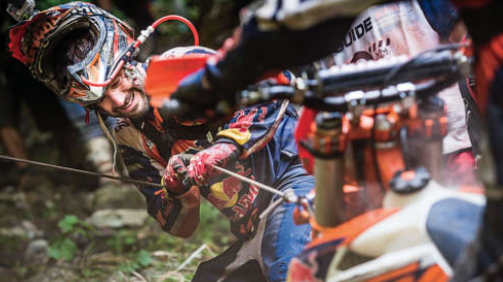
When the group reached the end, they rode across the finish line together, and the four riders became the first co-champions in the event’s history. Only one other rider finished the course under the four-hour deadline—a remarkable solo effort by Spaniard Mario Roman. In the end, only five riders of the 500 that began completed the legendary course within the allotted time.
Two races highlight the four-day event: The Iron Road Prologue and the Hare Scramble. All 1,500 riders who descend on the mine are eligible to enter the Prologue, a 13.5-km race from the bottom of the mine to the top of the neighboring hillside, along a nerve-racking stretch of loose gravel, dramatic drop-offs, and hairpin turns.
Speed is everything: A rider’s time in the Prologue determines if he will be included among the top 500 riders invited to participate in the Hare Scramble. The fastest 50 riders in the Prologue form the front line of racers in the Scramble.
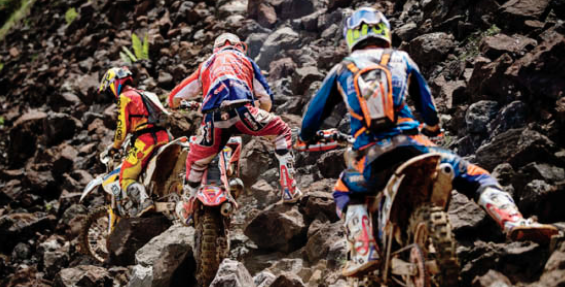
One of the most intriguing aspects of the event is the diversity of racers. It’s common for pro factory-sponsored bikers to ride handlebar to handlebar with part-time amateurs and weekend warriors with a surplus of courage and a deep thirst for punishment.
